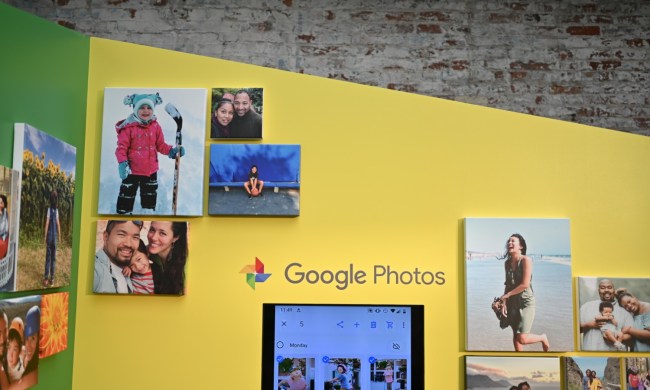Sometimes kicking your feet and trying to swim only makes the water muddier. VoIP operator Vonage announced today that it has purchased three patents from Digital Packet Licensing, Inc. (DPL) regarding the compression of packetized digital signals used in VoIP implementations. The patents are at the heart of litigation DPL was pursuing against Verizon, Sprint, and Nortel (now AT&T). Buy acquiring the patents, Vonage also takes control over the litigation and patent licensing agreements DPL had worked out with companies like Qwest, Motorola, and Time Warner. In June, Verizon sued Vonage for patent infringement, claiming the company’s VoIP product infringe on Verizon intellectual property.
“We’re committed to developing, acquiring and protecting the roottechnologies that are at the heart of our business,” said Michael Tribolet,president, Vonage America Inc. “The acquisition of these patents is part ofVonage’s strategic plan to further develop our core technology and build onour innovative, affordable and feature-rich phone service. Vonage’sstrategic plan also includes a concerted effort to grow, create and acquireother significant intellectual property portfolios.”
But just as Vonage looks to have dealt Verizon a slap-back in their intellectual property catfight, Klausner Technologies, Inc. has filed a patent infringement suit against Vonage, seeking royalties and damages of up to $180 million. While Vonage and Verizon are going after each other over VoIP technology, Klausner is going after Vonage’s voicemail services in the basis of a 1994 patent which enabled users to remotely check analog voicemail. Klausner sued AOL for $200 million over infringements of the same patent in AOL services like AOL Talk; AOL settled with Klausner in April 2006 for an undisclosed amount.
(By way of trivia, Judah Klausner is the inventor of the pocket organizer/PDA


